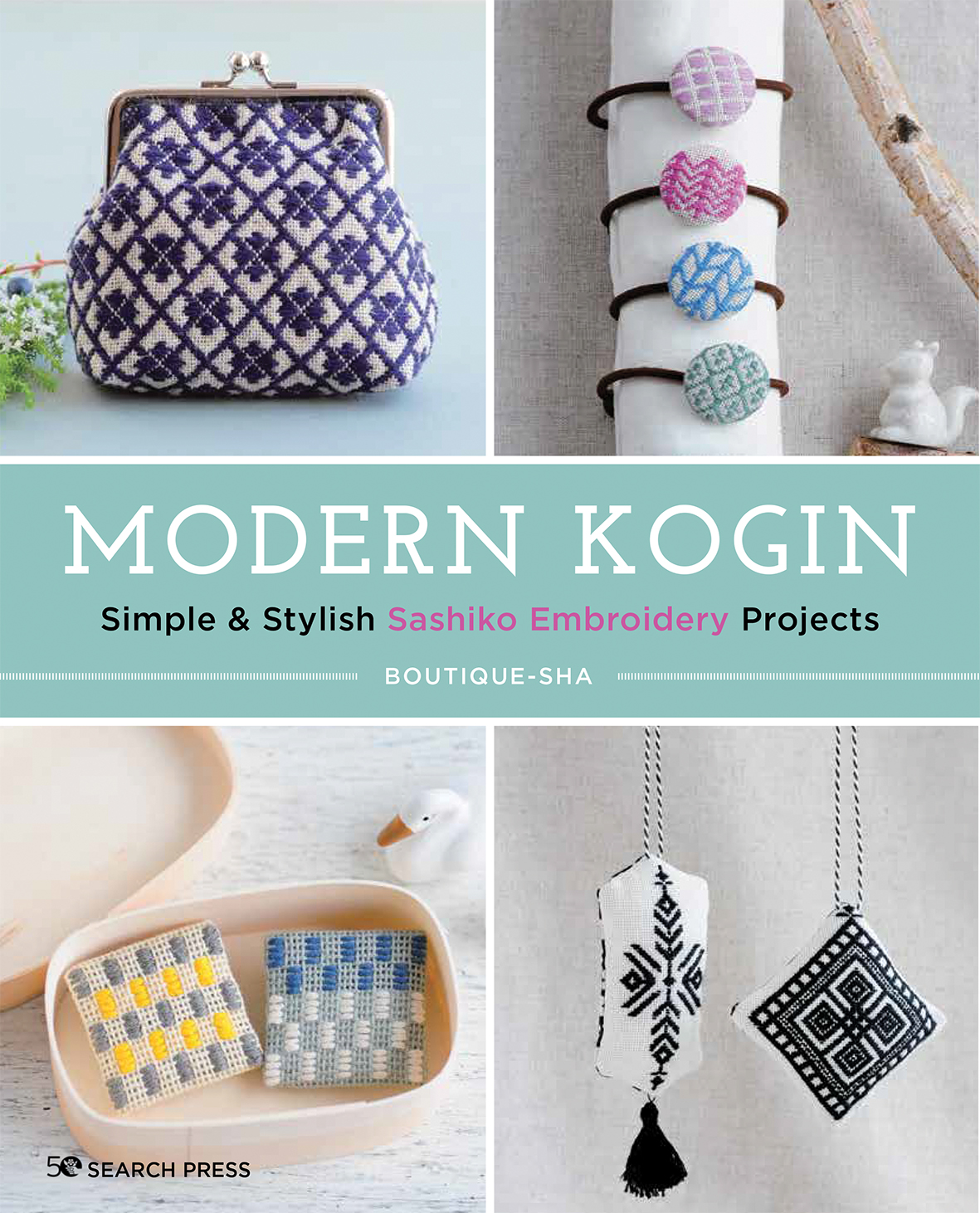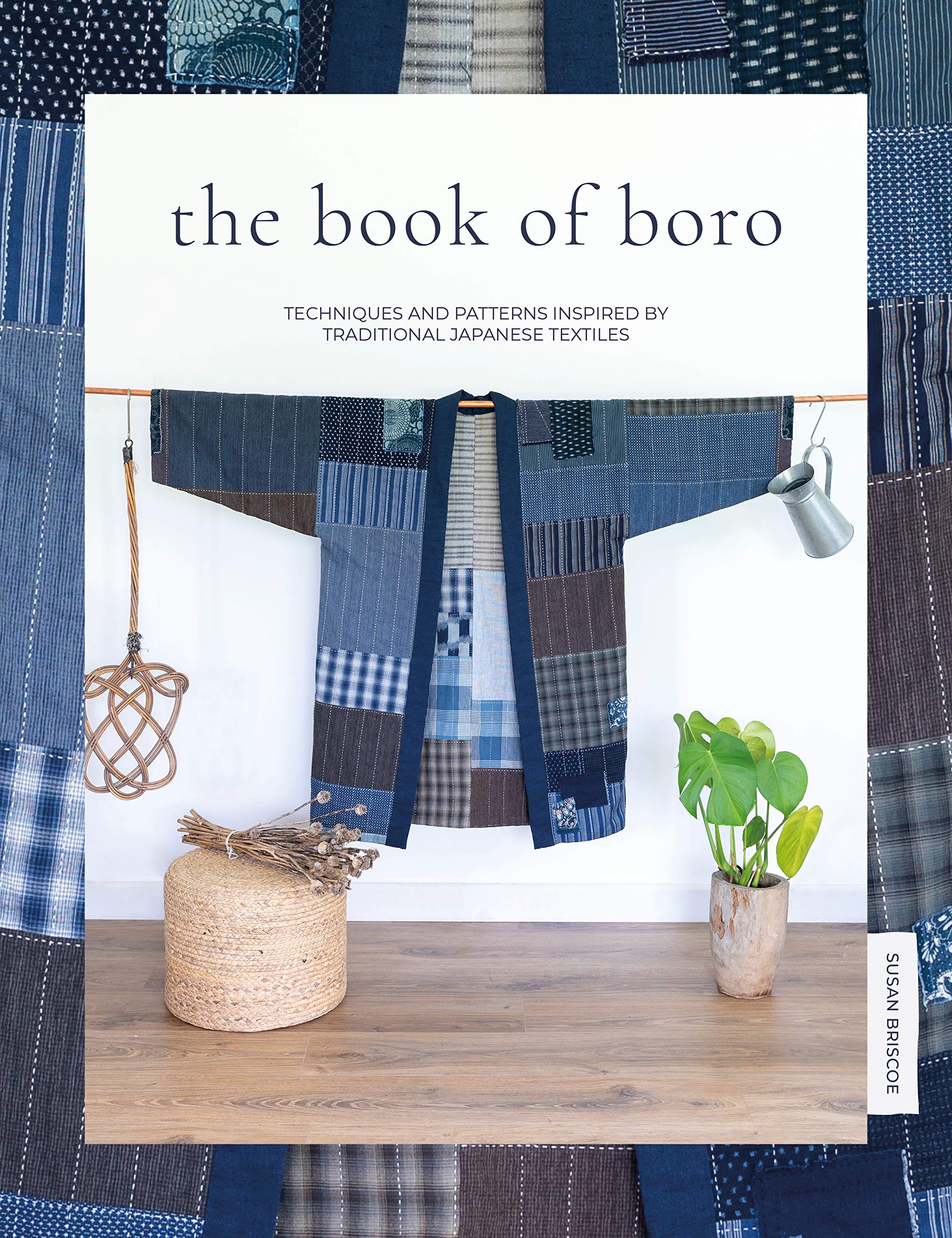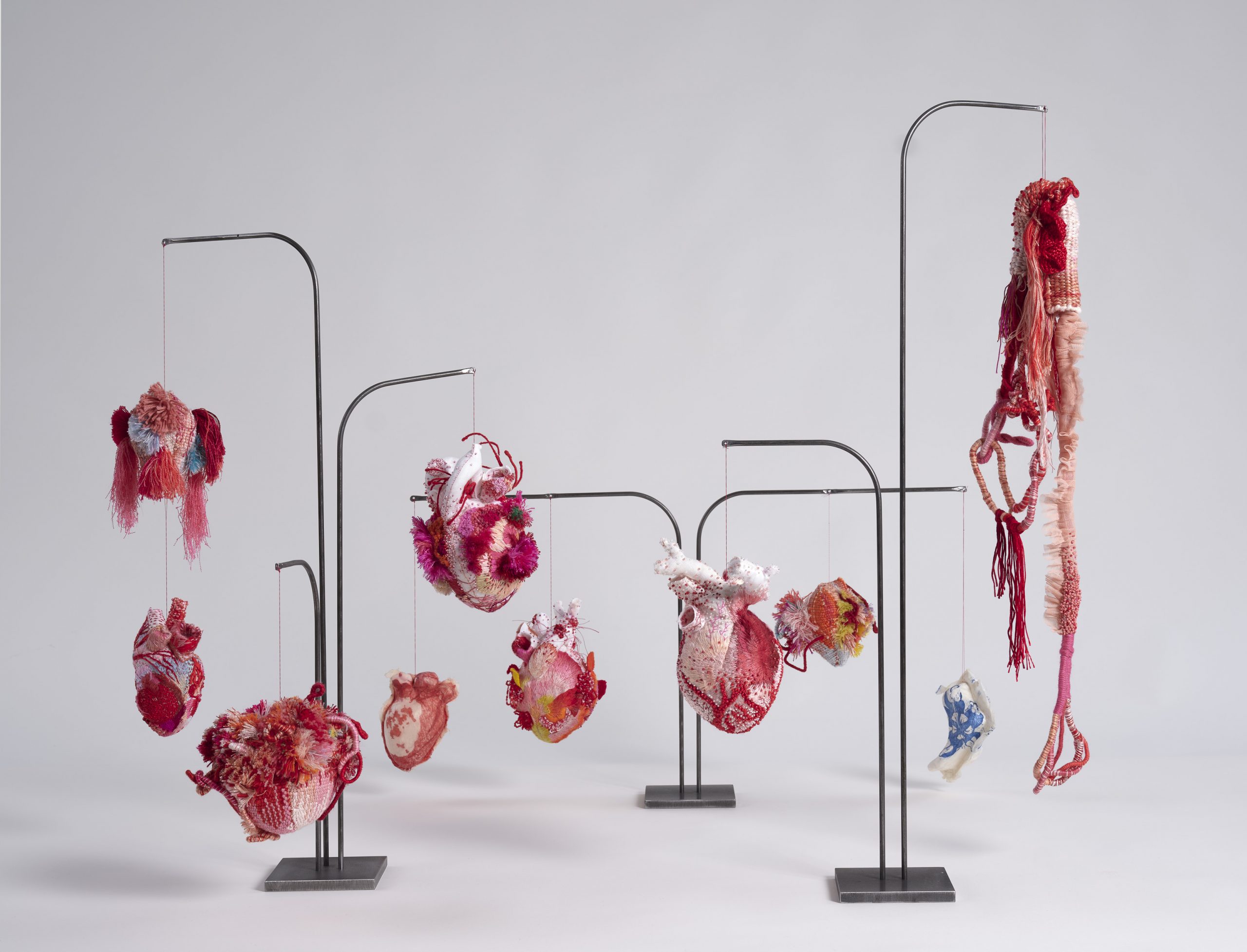Japanese mending techniques have become popular as people connect with the value and therapeutic benefits of mending.
There are two well-known Japanese mending techniques:
What is Sashiko?
Sashiko mending is a method of stitching used to repair cloth while at the same time decorating it. It is often classed under the category of visible mending as classically white embroidery thread is used with a contrast base of indigo fabric.
Sashiko means “little stabs”, made via needle and thread into cloth. These little stabs are used to decorate or repair the cloth involved. It is traditionally used to strengthen the cloth.
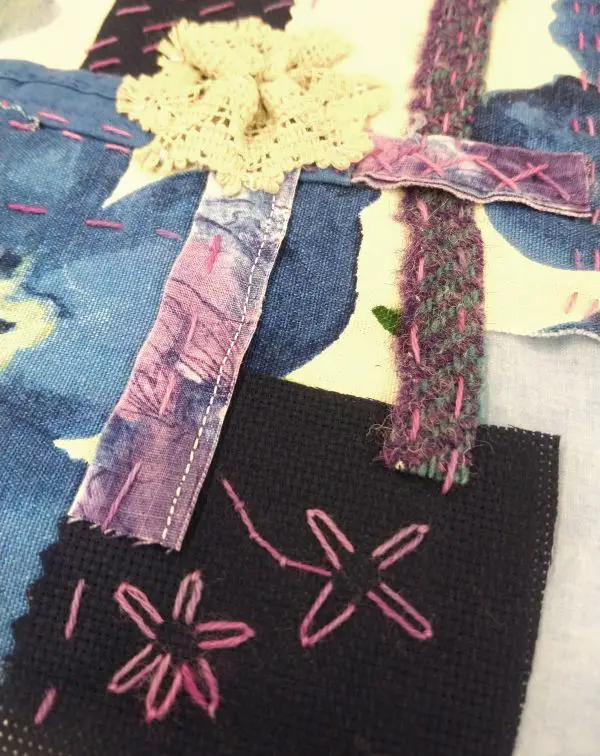
There are other names given to Sashiko and Boro, which are more general in form, for example repair and darning.
What is Boro?
Boro is the result of Sashiko in action; it is the repair achieved by stitching over or together fabrics with a needle and thread, to repair or decorate.
Boro means a piece of useless fabric, made useless by its repeated and consistent use. Torn cloth, generally associated with negative connotations.
What are Sashiko and Boro used for?
Historically, Sashiko & Boro are used in practical circumstances. Boro was first noted in the mid 1800s, by humble poor farmers in Japan who needed to keep warm during periods of extreme cold. It is a technique created out of necessity, a need for warmth to survive.
At this time, layers of patch work indigo dyed cotton or hemp cloth would have been used, stitched and mended over time using the Sashiko method of constant stitches through the fabric in a contrasting colour – historically this was white. The repaired garments would have been passed down through the generations, being worn by several members of the same family.
In more modern times, Japanese mending techniques are used in embroidery workshops and by those who enjoy visible mending. It is no longer simply used out of necessity. Fashion icons and houses have taken inspiration from it and its origins to build capsule collections of clothing and home interiors.
These days, Sashiko and other mending techniques have become recognised as a way of relieving modern stresses. Those who have tried it report that it has a calming influence, as it allows them to stop and step away from the rush of life. It also acts as a slowing down method, as it is centred around hand stitching not machine stitching. Finally, it is a distraction mechanism, as it can only be produced by the direct use of the hands. It does not require any stressful thought, yet it is still a skill.
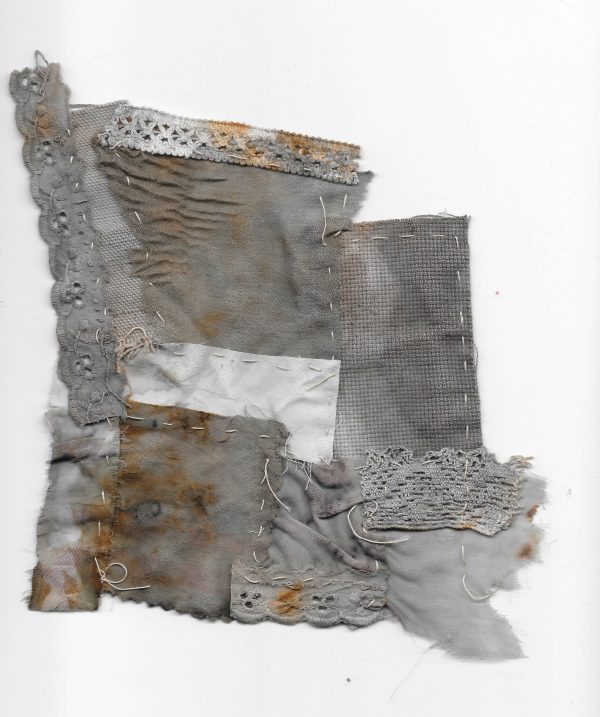
What materials are necessary for Japanese mending techniques?
You will need:
- White cotton thread (preferably thicker than a classic hand embroidery thread, so that the stitches actioned are well seen)
- Denim or another form of cotton blue tone dyed fabric, if a true historical representation is required. Otherwise anything darker than white in tone will do, as it will still contrast with the white thread.
- Scissors
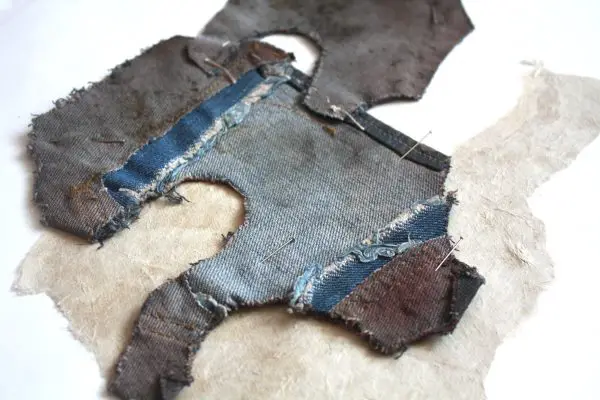
For more information on Sashiko, we have a dedicated post that covers the history and technique!
Recommended Reading
We have lots of book reviews on Mr X Stitch and here are three that have direct connections with Sashiko and Boro techniques!

